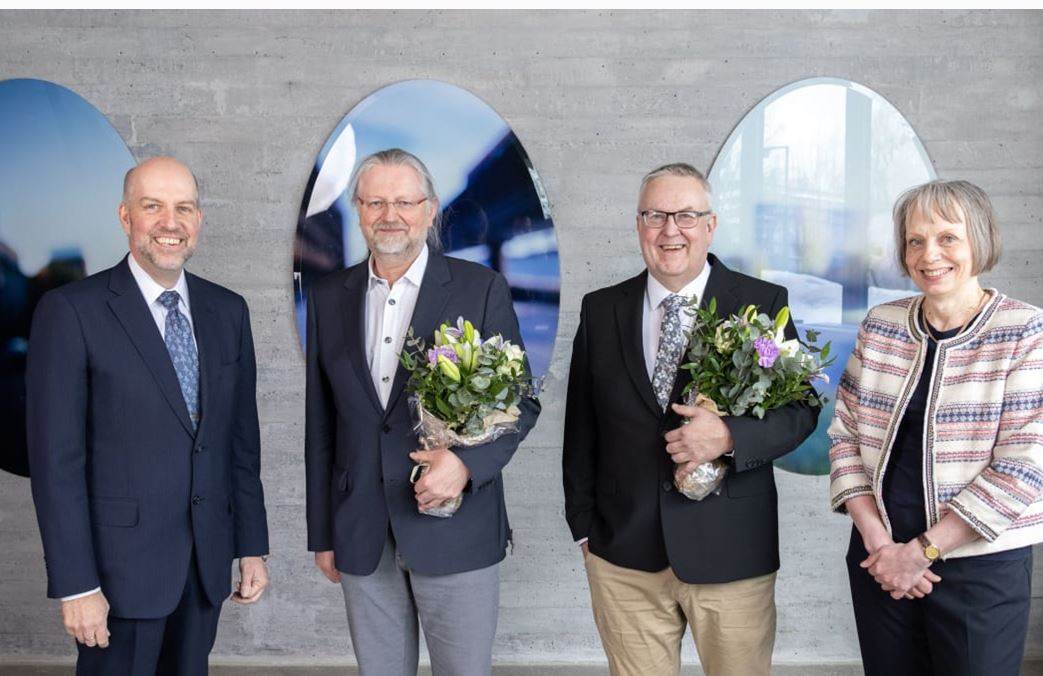Novel solvent systems for cellulose scoop award
08/04/2022

The pair from Aalto University and the University of Helsinki will receive the prize from King of Sweden at a ceremony in Stockholm in October.
To produce man-made cellulose textile fibres, cellulose is solubilized using alkali and carbon disulphide and in the yocell process, N-methylmorpholine-N-oxide (NMMO) is used to dissolve cellulose. The viscose process has, however, become environmentally controversial due to the use of toxic carbon disulphide as the main reagent. The lyocell process is hampered by the instability of the NMMO, according to the researchers.
These challenges have led to extensive research on different solvent systems for cellulose to produce regenerated cellulose fibres. Ionic liquids have gained interest as green alternatives for organic solvents in different processes. Ionic liquids are salts that can be melted below 100oC and have unique properties including low vapour pressure, high thermal stability, and high dissolving capability of different organic and inorganic substances.
The team led by Prof Kilpeläinen at the University of Helsinki developed superbase ionic liquid solvents for dissolution of wood biomass, and Prof Sixta and his team, at the Aalto University, developed ionic liquid-based fibre shaping process based on dry-jet wet spinning.
Johanna Buchert, chairperson of the Marcus Wallenberg Prize Selection Committee, said: “This unique collaboration has resulted in novel sustainable concepts of textile fibre production from wood. The innovation is expected to result in a large range of new product and business opportunities for the forest industry.”
Image: Mikael Hannus, Marcus Wallenberg Foundation; Herbert Sixta, Aalto university; Ilkka Kilpeläinen, University of Helsinki; and Johanna Buchert, Marcus Wallenberg Foundation.








